10 Best Product-Led Growth Software Tools (PLG) in 2025

Sorry, there were no results found for “”
Sorry, there were no results found for “”
Sorry, there were no results found for “”
Every company cares about its Customer acquisition cost (CAC)—the cost of acquiring a customer. It’s often a blended cost that includes your sales and marketing headcount, ad spending, etc.
Correspondingly, every company cares about CAC Payback, the time it takes to recover your CAC from your customers in revenue.
In a traditional go-to-market (GTM) strategy, companies rely heavily on outbound marketing & sales efforts. This meant high CAC fueled by headcount costs plus the budget to run advertising campaigns to support this strategy.
Then came a more efficient model: the Inbound Marketing strategy championed by companies like Hubspot. Where the investment went into creating a brand and thought leadership through content, and customers found you through search engines organically. This drove CAC costs down.
The next stage of this evolution is Product-led Growth, leading with your product front and center as your growth strategy, reducing CAC and payback time, and driving scalability and profitability.
Product-led growth (PLG) is a business strategy where your product is the primary driver of customer acquisition, retention, and expansion. It focuses on creating a compelling user experience that allows customers to discover, adopt, and derive value from your product with minimal friction.
A PLG strategy involves leveraging your product to attract, engage, and retain users. Instead of solely relying on traditional sales and marketing efforts, PLG emphasizes your product’s inherent value, aiming to drive growth through user satisfaction.
Product-led growth software helps you implement a product-led growth strategy, focusing on user-centric features, analytics, and AI automation to drive growth across the customer lifecycle—acquisition, monetization, retention, expansion, and advocacy.
The goal is to turn users into paying subscribers or buyers, with the product as the primary driver of growth and revenue.
Product-led growth tools help you:
Product-led and sales-led growth are very different approaches to achieving business growth. Here’s an overview of how they differ:
| Aspect | Product-Led Growth (PLG) | Sales-Led Growth |
| Focus | PLG centers around the product as the primary growth driver. It prioritizes creating an intuitive product, is easy to adopt, and provides immediate value to users. | Sales-led growth relies heavily on the efforts of a sales team to drive customer acquisition and revenue. The sales team actively contacts prospects, conducts demos, negotiates deals, and closes sales. |
| Customer Acquisition | Emphasis on allowing users to discover and adopt the product through self-service, often without direct involvement from a sales team. Aims for a compelling product experience to drive user acquisition and retention. | Involves a hands-on, personalized sales process where the sales team guides and persuades potential customers through the sales funnel. |
| Key Metrics | Metrics revolve around user engagement, activation rates, product usage, and user satisfaction. Success is measured by the product’s continuous value delivery and growth without heavy reliance on traditional sales channels. | Sales pipeline, conversion rates, customer acquisition costs (CAC), and revenue generated through direct sales efforts. |
PLG is often considered more scalable and cost-effective once the product gains traction since it relies less on man-power intensive sales efforts.
Most successful companies use a hybrid approach, initially focusing on a PLG model. Once the product has traction, they move to a sales-assisted model to support the needs of scale and expansion.
Choosing the best product-led growth tool (PLG) requires a thoughtful approach. Here’s a quick guide:
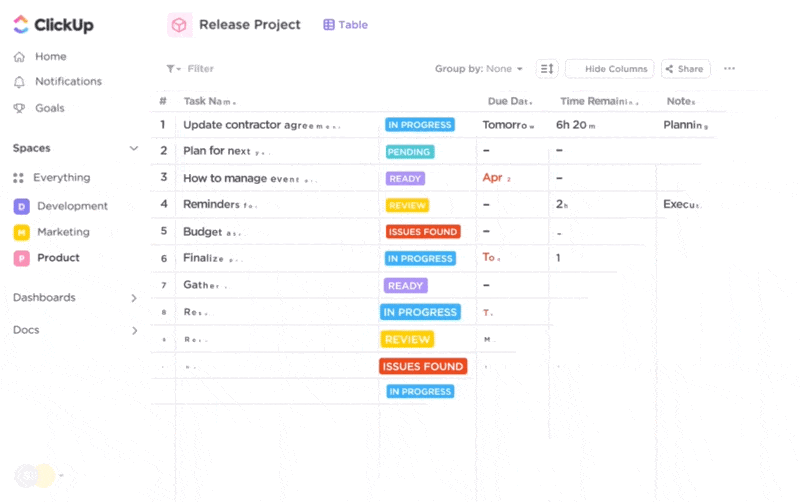
ClickUp provides an all-in-one product management solution with versatile features for the entire product development cycle, from idea to execution and monitoring.
The tool prioritizes a user-centric experience with accessible, engaging software and diverse ClickUp Templates to jumpstart your product journey.
ClickUp’s customization caters to various project teams. Let’s look into some key features of ClickUp:

ClickUp Automation: Streamline workflows and cut down on repetitive tasks. Save valuable time and elevate the customer experience by minimizing manual work

ClickUp Mind Maps: Visualize the entire product development lifecycle for your business teams, such as sales, marketing, and design. Provide transparency not just to your internal product teams but also to external users, informing them about the product’s future plans and enhancing customer engagement
ClickUp Tasks: Build a product-led growth business by managing and organizing various tasks related to different projects. Choose from 35+ ClickApps to customize your tasks and seamlessly collaborate with your team

ClickUp AI: Incorporate new features into your product and use 100+ AI tools to optimize your product development process. Write Product Requirements Documents (PRD), create compelling product content, design user testing studies, and craft test plans faster than usual
ClickUp Views: Align your business with a product-led growth strategy, enhancing user engagement and allowing self-exploration of the platform. Choose from various view options—List, Board, Box, Calendar, and more—to visualize your projects at a glance and filter, sort, and group various tasks/projects
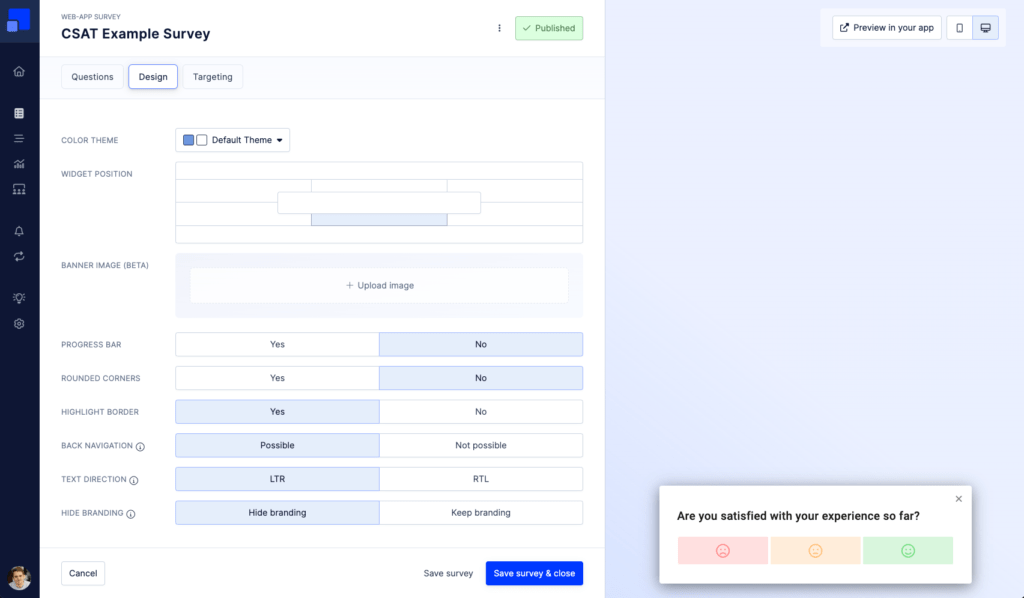
Refiner is a customer feedback and survey solution software that allows you to conduct customizable surveys, generate user feedback, conduct market research, and centralize all your research data.
This product-led growth (PLG) tool was designed for web and mobile product companies and works best for data-driven SaaS companies. Get better insights on customer satisfaction and needs, enhancing user retention through appropriate product enhancements.
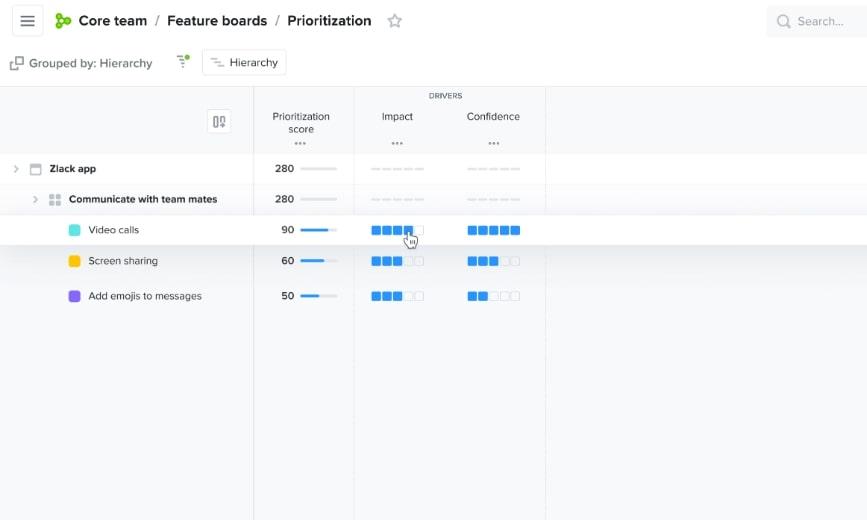
Productboard is product management software that is designed to help product teams, sales teams, and others in a business to collect, prioritize, and manage product ideas.
It provides a platform for product managers and your teams to deliver the right product that best suits the needs of your users.
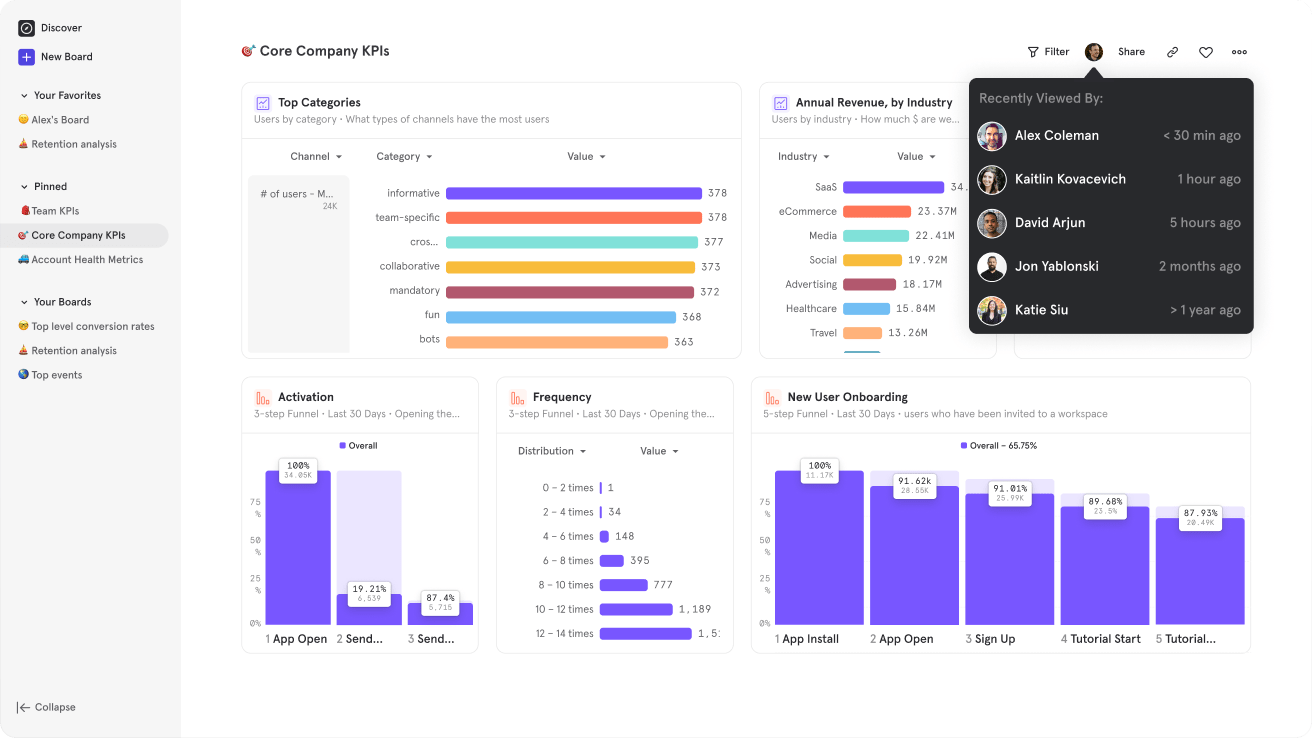
Mixpanel offers analytical solutions for product-led companies, primarily focusing on tracking and analyzing user interaction and engagement with web and mobile apps.
With Mixpanel, you can comprehend user behavior and pain points, optimizing your product for user-centric growth and aligning with a product-led strategy.

Chameleon is a digital adoption (DAP) software designed for SaaS companies.
Whether you’re a product manager or part of a product development team, this software enhances user adoption and engagement within your software products by creating personalized and highly customizable user experiences.
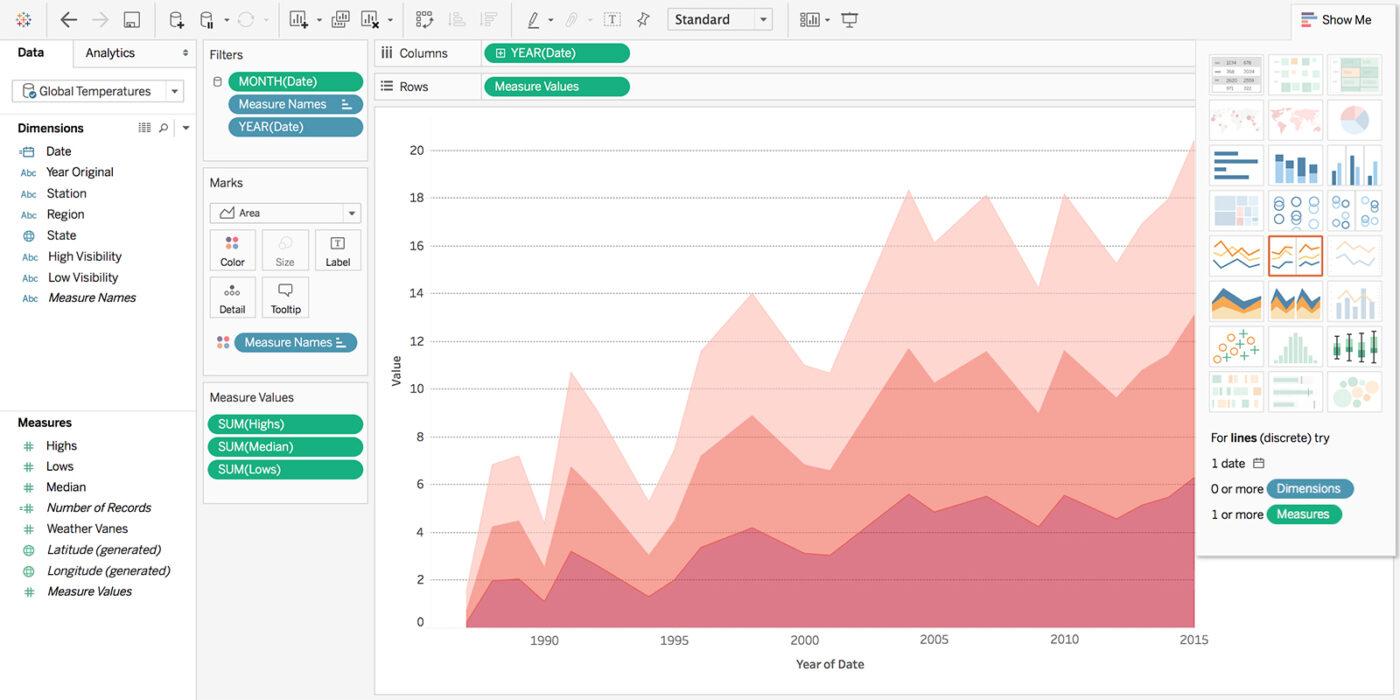
Tableau is a comprehensive visual analytics platform with AI capabilities, empowering you to explore product usage data, make informed decisions, and streamline tasks at scale.
Whether in the cloud, on-premises, or integrated with Salesforce CRM, Tableau provides a deep analytics platform with AI/ML capabilities, governance, and collaboration.

Userpilot helps your product grow by improving user activation, trial conversions, and expansion revenue through in-app experiences.
Optimize user onboarding for increased trial-to-paid conversions, enhance user engagement for better retention, and uncover expansion opportunities with in-app surveys with Userpilot.
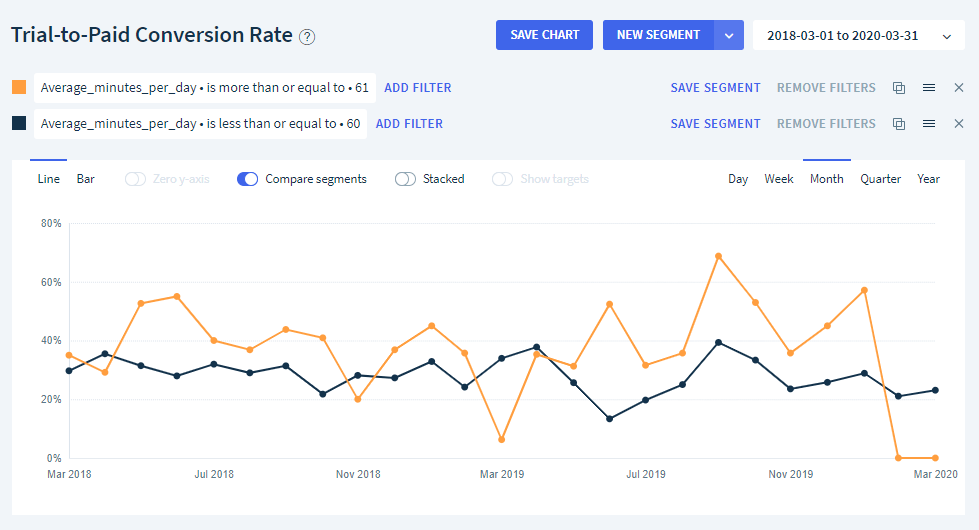
ChartMogul is a subscription analytics and revenue recognition platform designed for SaaS (Software as a Service) companies and other subscription models.
It helps you analyze your subscription metrics like Monthly Recurring Revenue (MRR), Annual Recurring Revenue (ARR), and Average Revenue Per User (ARPU) so you can make data-driven decisions.
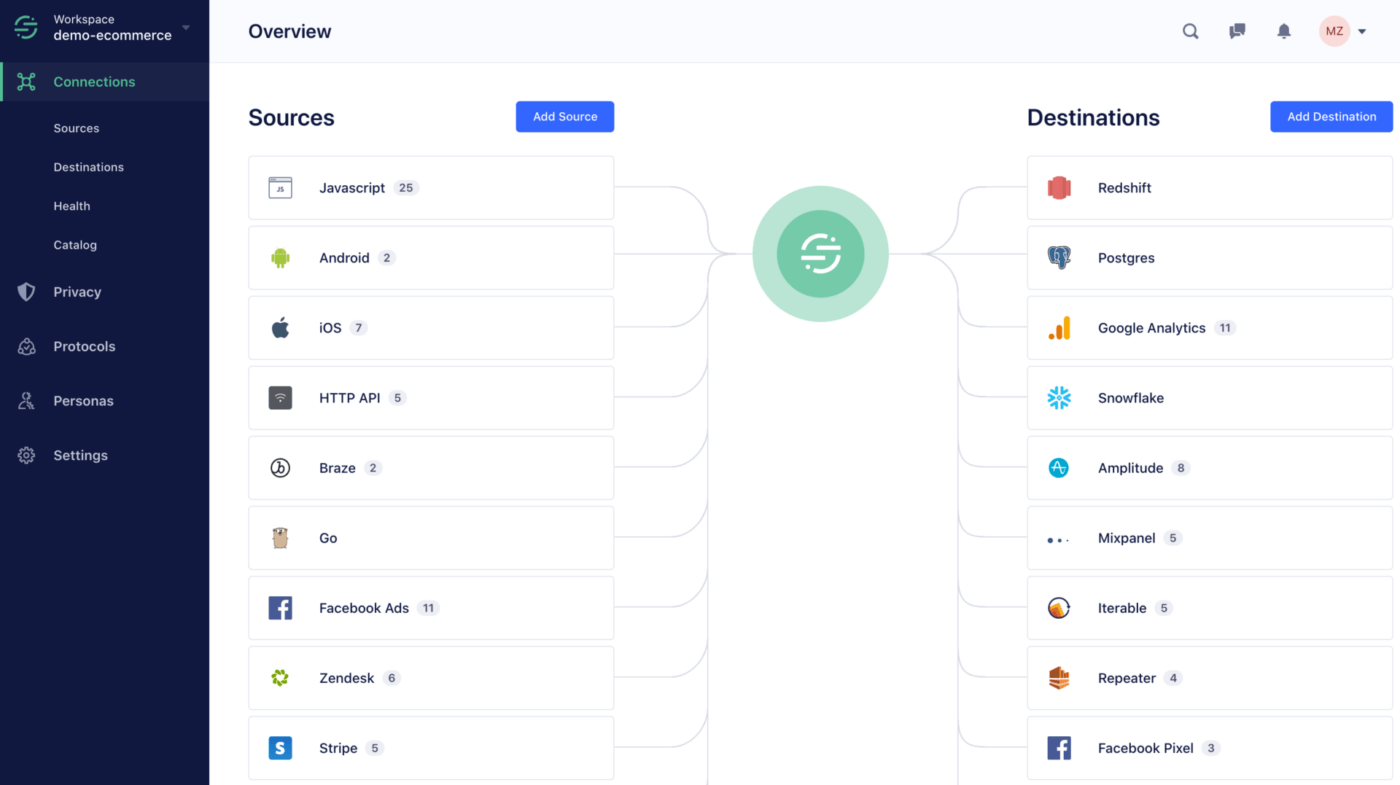
Segment is a Customer Data Platform (CDP) that provides in-depth customer data and helps businesses collect customer feedback, and clean and organize product data.
The enterprise nature of the software ensures high levels of data integrity and quality. This will give you the confidence to launch intelligent automation-based triggers and campaigns for your customers.
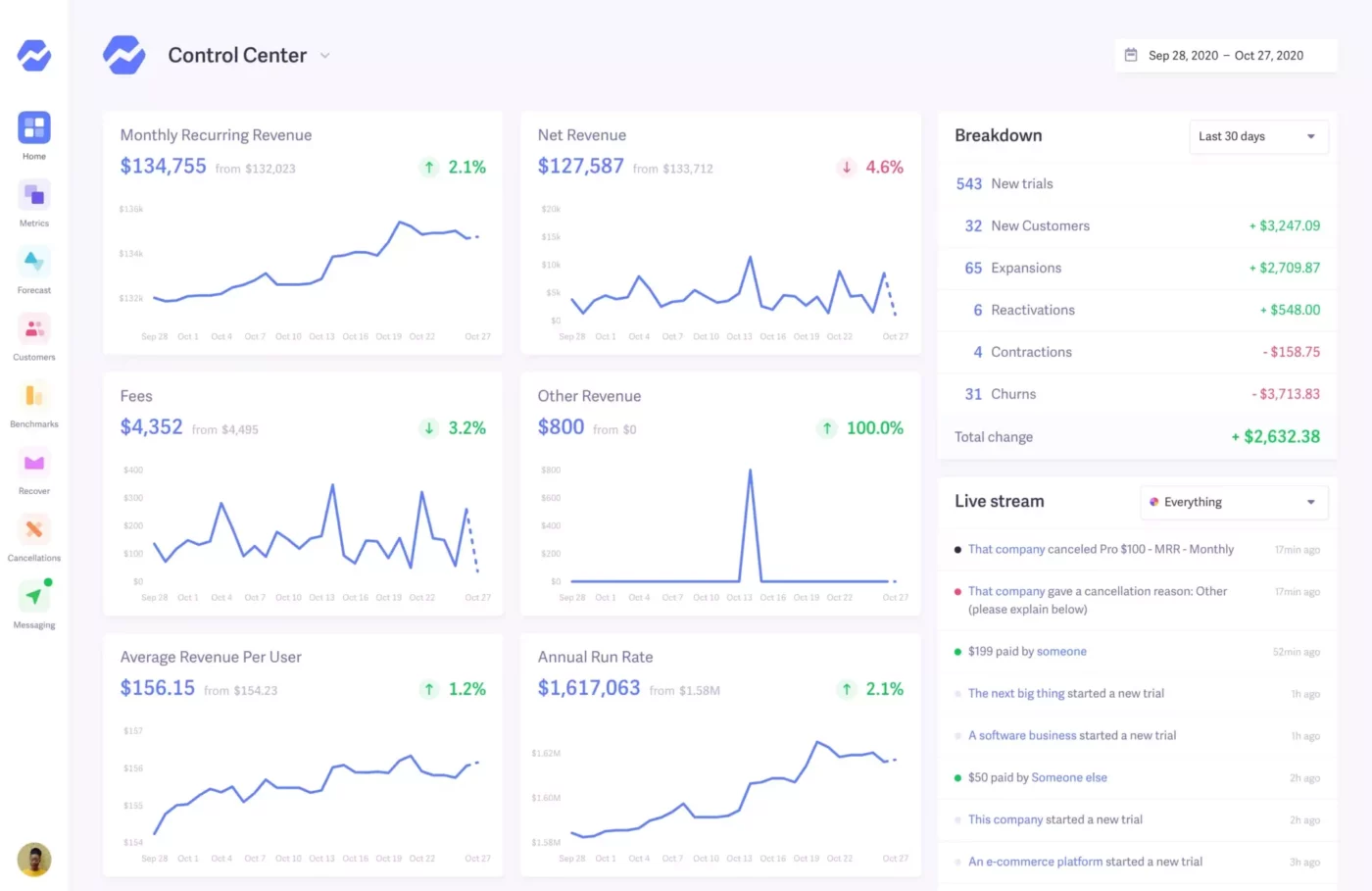
Baremetrics is a software that provides subscription analytics and insights.
If your product-led company runs on subscription models, then Baremetrics helps you track and understand customer behavior and get more insights on revenue.
The versatility of PLG allows your business to align with user expectations for immediate value, scalability, and cost-effectiveness. It helps your product become the central force behind sustained growth.
With the right product-led growth software, create a user-centric growth engine that drives community and advocacy among customers and sustained success in the market.
Whether you choose to stack some of these product-led growth tools or go ahead with the all-in-one ClickUp App, invest in PLG to make your customers happy and sticky!
© 2025 ClickUp